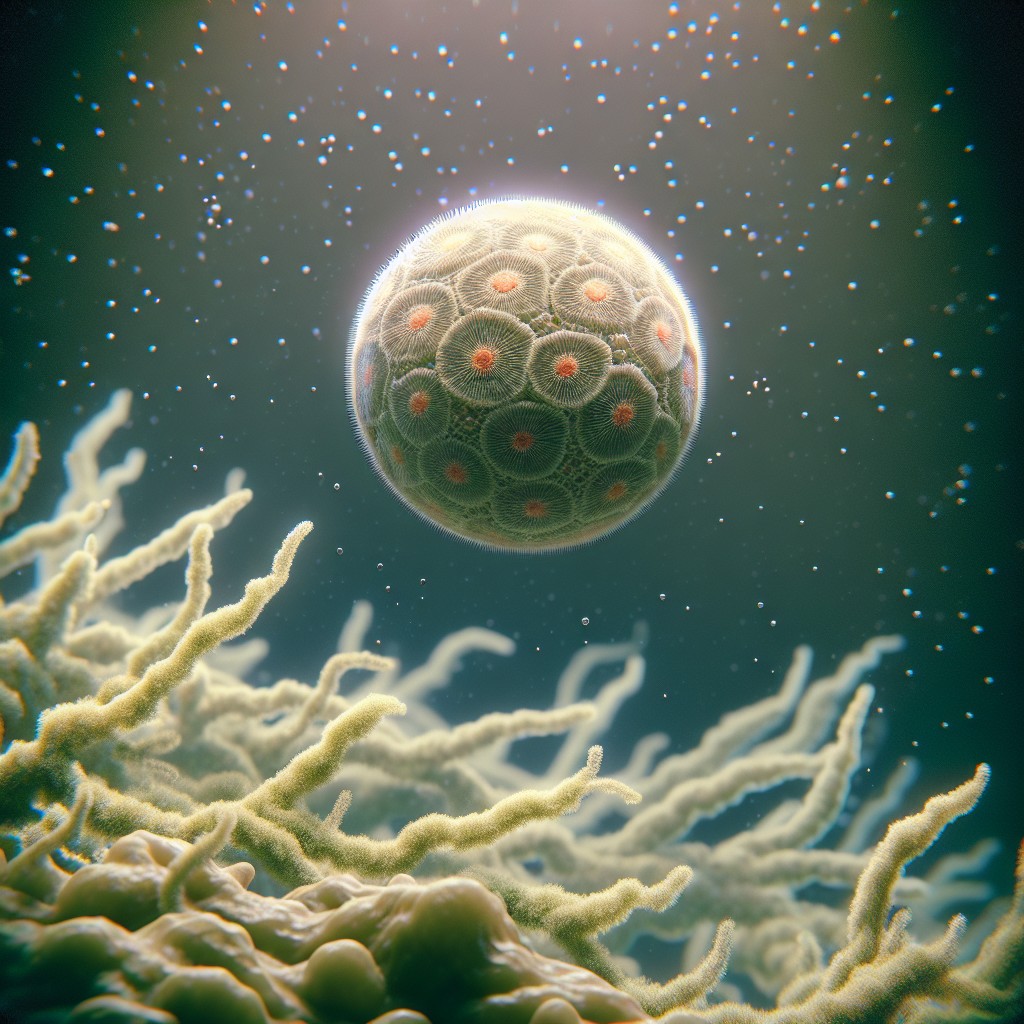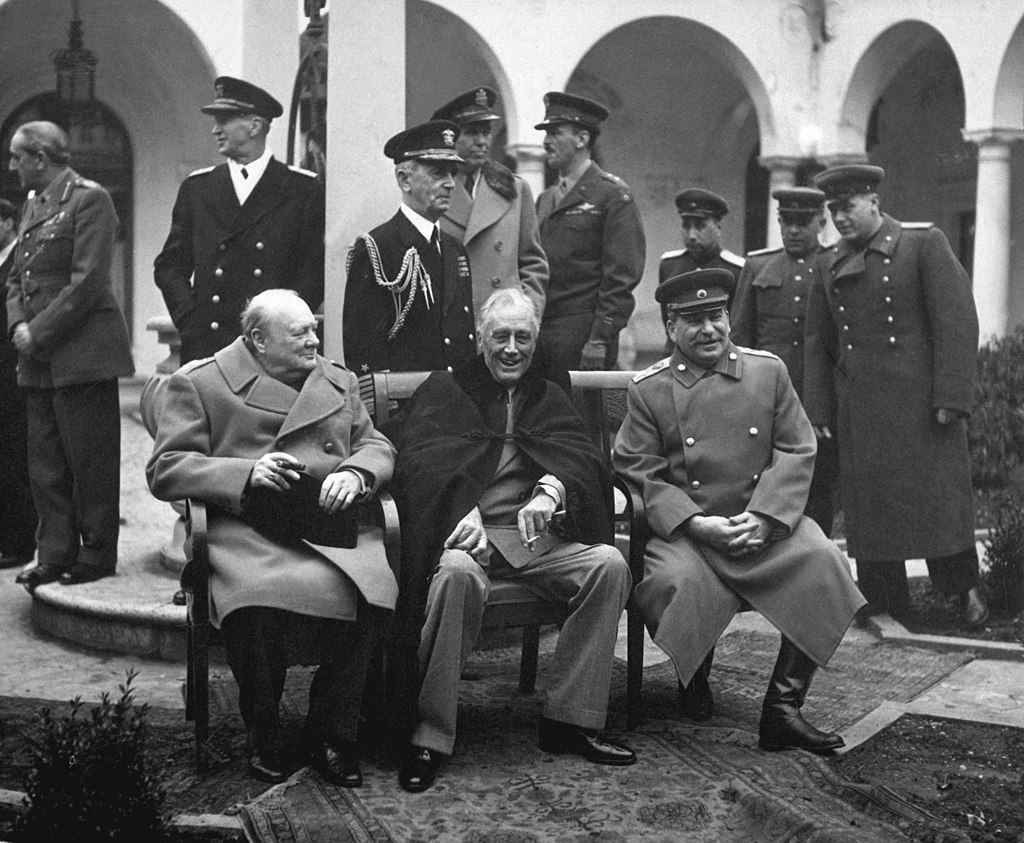The Proterozoic Eon, spanning from approximately 2.5 billion to 541 million years ago, represents a significant chapter in Earth’s geological and biological history. This eon is the second of the four major divisions of geological time, following the Archean Eon and preceding the Phanerozoic Eon. The Proterozoic is characterised by profound changes in the planet’s atmosphere, lithosphere, and biosphere, setting the stage for the complex life forms that would emerge in subsequent eras.
During this time, Earth underwent a series of transformative events that shaped its physical and biological landscape, including the gradual accumulation of oxygen in the atmosphere and the emergence of multicellular organisms. The Proterozoic Eon is often divided into three distinct eras: the Paleoproterozoic, Mesoproterozoic, and Neoproterozoic. Each of these eras is marked by unique geological and biological developments.
The Paleoproterozoic era saw the formation of stable continental landmasses and the first evidence of photosynthetic life, while the Mesoproterozoic era was characterised by the diversification of microbial life and significant geological activity. The Neoproterozoic era is particularly notable for its climatic fluctuations and the emergence of multicellular organisms, which would eventually lead to the Cambrian Explosion. Understanding the Proterozoic Eon is crucial for comprehending the evolutionary trajectory of life on Earth and the environmental conditions that facilitated this evolution.
Summary
- The Proterozoic Eon, lasting from 2.5 billion to 541 million years ago, was a crucial period in Earth’s history.
- Oxygen levels in the Proterozoic Eon fluctuated significantly, leading to major environmental changes and the emergence of complex life forms.
- Multicellular life began to emerge during the Proterozoic Eon, marking a significant milestone in the history of life on Earth.
- Environmental changes during the Proterozoic Eon, including glaciations and the rise of oxygen, had a profound impact on the planet’s geology and climate.
- The Proterozoic Eon witnessed the formation of key geological events and formations, such as the supercontinent Rodinia and the first appearance of complex life forms.
Oxygen levels in the Proterozoic Eon
The Great Oxidation Event
This phenomenon, which occurred approximately 2.4 billion years ago, signified a turning point in the planet’s history as oxygen produced by photosynthetic cyanobacteria began to accumulate in the atmosphere. Prior to this period, oxygen was virtually absent from the atmosphere, and life was predominantly anaerobic.
Ecological Implications
The rise in oxygen levels had far-reaching implications for both the environment and the evolution of life. The increase in atmospheric oxygen during the Proterozoic Eon led to a series of ecological changes that paved the way for more complex life forms. Oxygen is a highly reactive element that can support aerobic respiration, a more efficient metabolic process than anaerobic pathways.
The Rise of Complex Life Forms
As oxygen levels rose, organisms that could utilise this gas for energy production began to thrive. This shift not only allowed for greater metabolic efficiency but also facilitated the development of larger and more complex organisms. The presence of oxygen also contributed to the formation of the ozone layer, which provided a protective shield against harmful ultraviolet radiation, further enabling life to flourish on land.
The emergence of multicellular life
The Proterozoic Eon is notable for the emergence of multicellular life forms, a significant evolutionary milestone that laid the groundwork for the diverse array of organisms that would populate Earth in later periods. While single-celled organisms had dominated life on Earth for billions of years, evidence suggests that multicellularity began to evolve during this eon, particularly in the latter part known as the Neoproterozoic. Fossils such as those found in the Doushantuo Formation in China and the Ediacara Biota in Australia provide crucial insights into this transition.
Multicellularity allowed for increased complexity in organismal structure and function. Early multicellular organisms likely consisted of simple aggregates of cells that could cooperate for survival, sharing resources and enhancing their ability to adapt to environmental changes. This cooperation may have provided advantages such as improved nutrient acquisition and protection from predation.
The Ediacaran biota, which emerged towards the end of the Proterozoic Eon, showcases some of these early multicellular forms, including soft-bodied organisms that exhibited a range of shapes and sizes. These organisms represent some of the earliest known examples of complex life on Earth, setting the stage for the Cambrian Explosion that would follow.
Environmental changes during the Proterozoic Eon
Throughout the Proterozoic Eon, Earth experienced significant environmental changes that influenced both geological processes and biological evolution. One of the most notable changes was related to climate fluctuations, which included periods of glaciation and warmer interglacial phases. The most prominent glaciation event during this eon is known as “Snowball Earth,” which occurred during the late Neoproterozoic around 720 to 635 million years ago.
During this time, it is believed that ice sheets extended to equatorial regions, drastically altering habitats and ecosystems. These climatic shifts had profound implications for life on Earth. The glaciation events would have created extreme conditions that challenged existing organisms while simultaneously providing opportunities for adaptation and evolution.
As ice receded, new ecological niches became available, allowing for diversification among surviving species. Additionally, changes in sea level due to glacial cycles influenced sedimentation patterns and habitat availability in marine environments. The interplay between climate change and biological evolution during this period underscores the dynamic relationship between Earth’s systems and living organisms.
Geological events and formations in the Proterozoic Eon
The Proterozoic Eon was marked by significant geological events that shaped Earth’s crust and contributed to its current configuration. One of the key processes during this time was continental assembly and breakup, which played a crucial role in forming supercontinents such as Rodinia. Rodinia is believed to have formed around 1.3 billion years ago and began to break apart approximately 750 million years ago.
This cycle of assembly and fragmentation had lasting effects on Earth’s geology, influencing tectonic activity, sedimentation patterns, and ocean circulation. In addition to supercontinent cycles, various geological formations emerged during the Proterozoic Eon that provide valuable insights into Earth’s history. For instance, banded iron formations (BIFs) are sedimentary rocks that formed during periods when dissolved iron was oxidised by rising oxygen levels in seawater.
These formations serve as important indicators of ancient ocean chemistry and atmospheric conditions. Furthermore, stromatolites—layered structures created by microbial communities—became prevalent during this eon, providing evidence of early life and its interactions with sedimentary processes.
Evolution of early organisms in the Proterozoic Eon
Microbial Dominance
The dominance of prokaryotic life forms characterised much of this eon, with bacteria and archaea thriving in diverse environments ranging from deep-sea hydrothermal vents to shallow marine ecosystems.
The Rise of Cyanobacteria
Cyanobacteria played a pivotal role in shaping both Earth’s atmosphere and its biosphere through their ability to perform photosynthesis, releasing oxygen as a byproduct.
The Emergence of Eukaryotes
As environmental conditions evolved, so too did early organisms.
Fossil evidence suggests that eukaryotes began to appear around 1.6 billion years ago, with some researchers proposing that multicellularity may have arisen from these eukaryotic ancestors. The evolution of eukaryotes allowed for greater cellular complexity and diversity, leading to innovations such as sexual reproduction and cellular differentiation. These advancements set the stage for more complex life forms that would emerge in subsequent geological periods.
Impact of the Proterozoic Eon on Earth’s history
The Proterozoic Eon had a profound impact on Earth’s history, influencing both geological processes and biological evolution in ways that resonate through subsequent eons.
This shift laid the groundwork for more complex ecosystems and ultimately enabled the diversification of life forms seen in later periods.
Moreover, geological events such as continental drift and glaciation during the Proterozoic Eon played crucial roles in shaping Earth’s surface features and influencing climate patterns. The formation and breakup of supercontinents like Rodinia had lasting effects on ocean circulation and sedimentation processes, which continue to influence modern geology. The interplay between biological evolution and geological change during this eon underscores how interconnected these processes are in shaping Earth’s history.
Significance of the Proterozoic Eon in the history of life on Earth
The significance of the Proterozoic Eon extends far beyond its temporal boundaries; it represents a critical period in which foundational changes occurred that would shape life’s trajectory on Earth for billions of years to come. The emergence of multicellular organisms during this eon marked a pivotal transition from simple unicellular life forms to more complex structures capable of specialised functions. This evolutionary leap set into motion a series of events leading to increased biodiversity and ecological complexity.
Furthermore, understanding the Proterozoic Eon provides valuable insights into how life adapts to changing environmental conditions over geological timescales. The challenges posed by climatic fluctuations, glaciation events, and shifts in atmospheric composition forced early organisms to innovate and evolve in response to their surroundings. This adaptability is a hallmark of life’s resilience on Earth and serves as a reminder of how interconnected biological systems are with their physical environment.
In summary, the Proterozoic Eon stands as a testament to Earth’s dynamic history—a period marked by significant geological transformations and evolutionary milestones that laid the groundwork for future developments in both geology and biology. Its legacy continues to inform our understanding of life’s origins and evolution on our planet.
FAQs
What is the Proterozoic Eon?
The Proterozoic Eon is a geological eon that lasted from 2.5 billion to 541 million years ago. It is the eon that preceded the Phanerozoic Eon, which is the current eon.
What significant event occurred during the Proterozoic Eon?
One significant event during the Proterozoic Eon was the buildup of oxygen in the Earth’s atmosphere, leading to the Great Oxidation Event. This event had a profound impact on the development of life on Earth.
What was the state of life during the Proterozoic Eon?
During the Proterozoic Eon, the first multicellular life forms appeared. This marked a significant milestone in the evolution of life on Earth.
What geological processes were prominent during the Proterozoic Eon?
The Proterozoic Eon was characterized by the formation of supercontinents, such as Rodinia and Pannotia. It was also a period of intense tectonic activity, including the formation of mountain ranges and the opening and closing of ocean basins.
What is the significance of the Proterozoic Eon in Earth’s history?
The Proterozoic Eon was a crucial period in Earth’s history, as it set the stage for the subsequent diversification of life during the Phanerozoic Eon. It also witnessed significant geological and atmospheric changes that shaped the planet’s environment.




